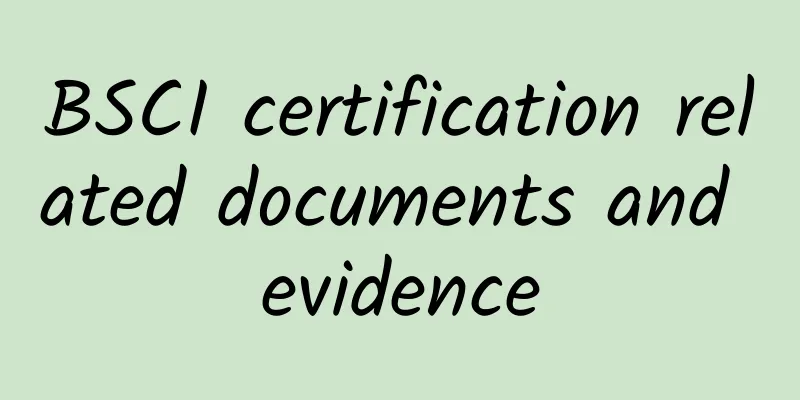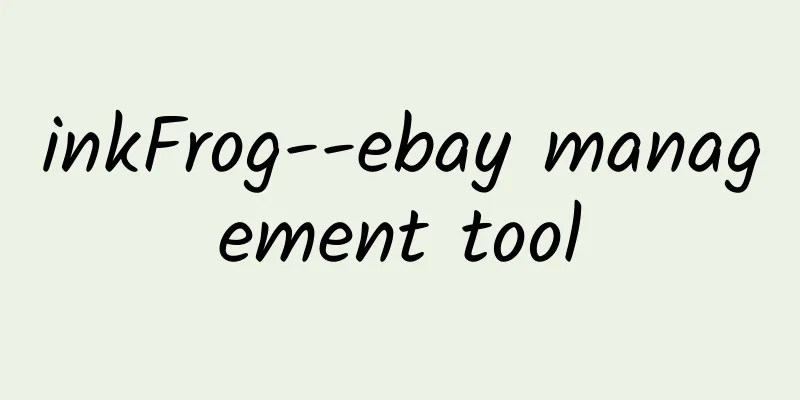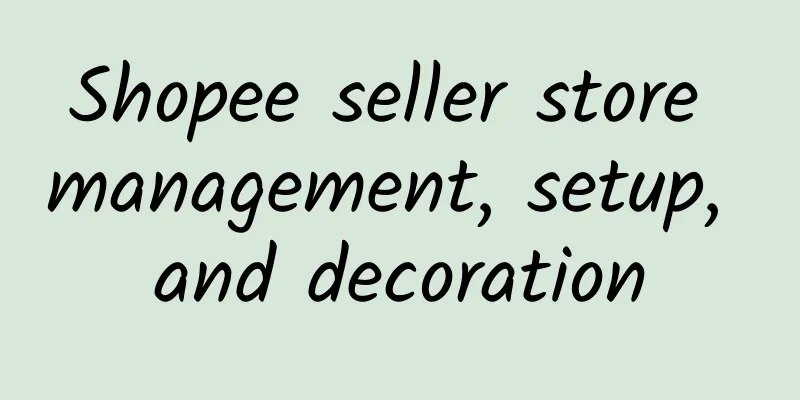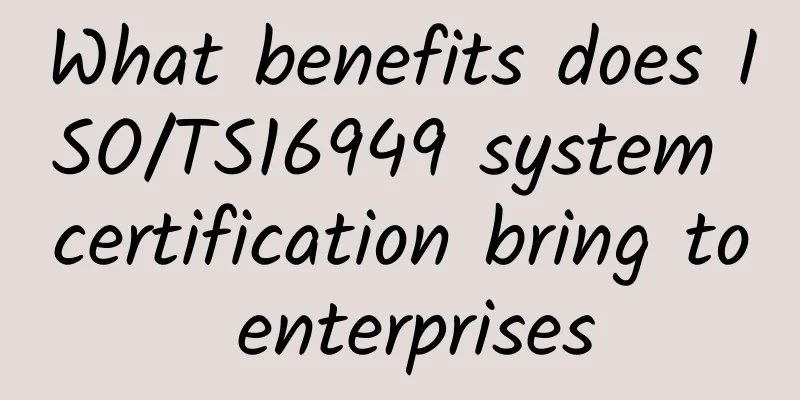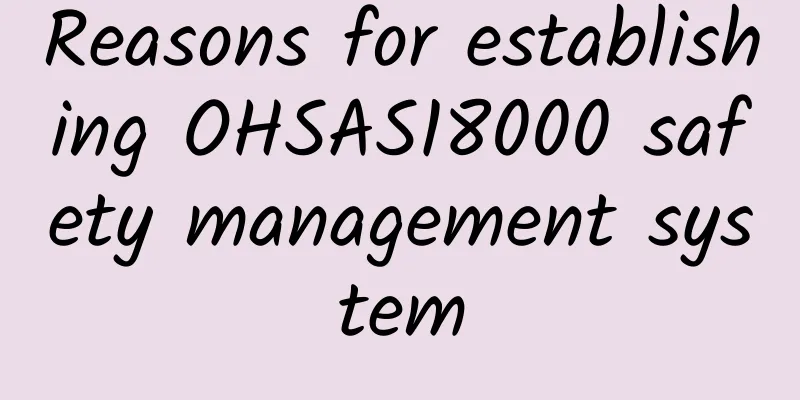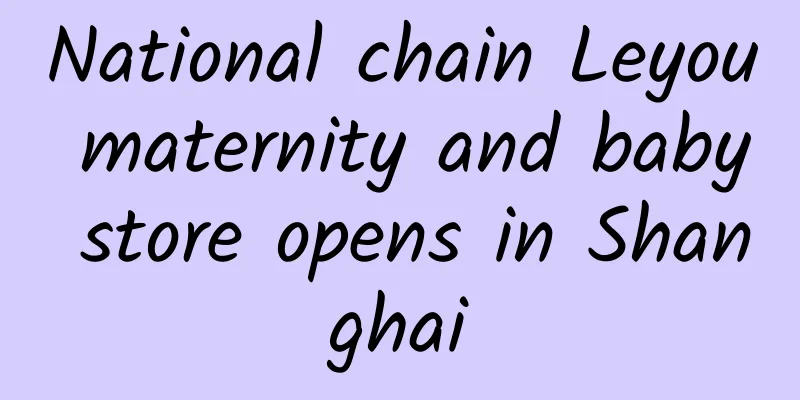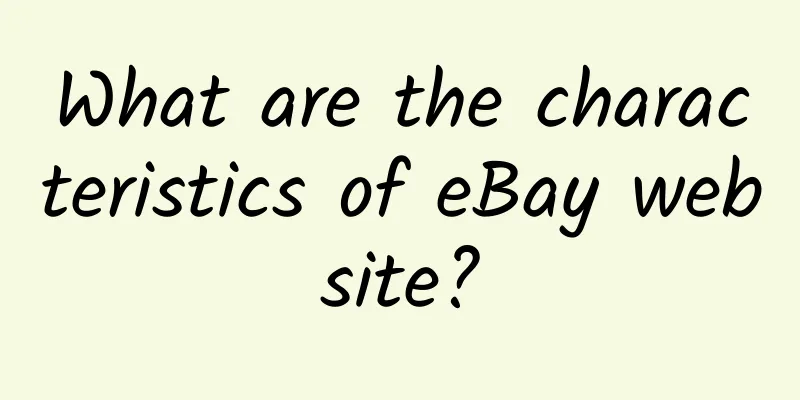How does SEDEX certification cost come about?

|
The costs of SEDEX certification are: 1. Audit fee: the fee paid to the third-party certification agency, which depends on the actual situation. 2. Registration fee: Enter the Sedex official website to fill in the basic information of the factory, and then register and activate. The current registration fee is 1,200 RMB/year. (Registration is mainly for uploading the factory's Sedex official report later, so that customers can search for the factory on the official website and understand the factory's certification status. If the customer does not require uploading the report, the factory can also not register, and directly send the official report to the customer after the review. 3. On-site rectification fee: such as fire hydrants, fire extinguishers, alarms, emergency exit lights, emergency lights, signs, etc. If the factory already has fire-fighting equipment, then it is necessary to check whether it can be used normally and whether the quantity is sufficient. The specific rectification fee will depend on the actual situation of the factory. 4. Guidance fee: Shanghai Super Network has a professional guidance team that can assist factories to successfully pass SEDEX certification. For specific fees, please consult Shanghai Super Network’s official website at any time: www.sa8000cn.cn. For factories that have done factory inspections, this fee must not be saved, otherwise failure will definitely cause great losses to your company. Warm reminder: Some larger buyers require the factory to close all problem points. In this case, "document review fees" or "on-site audit fees" will be incurred. The document review fee refers to the review of documents and some simple problem points. The factory only needs to submit evidence to the audit company for document review based on the problems in the report and close the problem points. On-site audit means that there are relatively large problems or a large number of problem points, so the auditor needs to go to the site to audit the problem points and close them. The latter is also more expensive, while the document review fee is relatively cheap. Factories that need to close all problem points must control the problem points on the report on the day of the audit to avoid the need for on-site audits. |
<<: What are the benefits of passing a factory inspection?
>>: Which issues in LI&Fung factory inspection need to be corrected immediately?
Recommend
HM Factory Audit-Quality Control Manual Contents
HM Factory Audit-Quality Control Manual Contents ...
The relationship between corporate social responsibility and sustainable development
Sustainable development and social responsibility ...
SA8000 Supplier Social Responsibility Control Procedure
SA8000 Supplier Social Responsibility Control Pro...
Casino Factory Audit Checklist
Purchasing department: --Acceptable vendorlist (qu...
How much is the letter of credit fee? A complete analysis of letter of credit fees~
A letter of credit is a written document issued b...
ICTI factory audit work time management procedures
1. Purpose To formulate policies and procedures t...
Cross-border Practical Knowledge | Sequoia Capital
What is Sequoia Capital? Sequoia Capital has offi...
How is Appen International? What is the development history of Appen International?
How about Appen International? OrderPlus is a cro...
Common electrical safety issues and solutions during BSCI factory audits (III) Switch boxes without covers and no indication of switch functions
Problem phenomenon: The switch box has no cover a...
eBay Beginner's Tutorial: Steps to Set Up Vacation Mode
You can put your store on holiday to display a me...
eBay Operating Rules | What are the eBay product infringement rules?
Remember the Fingerling Monkey infringement incid...
What is ppbyb? What are the service advantages of ppbyb?
What is ppbyb? ppbyb is an international logistic...
How to deal with surprise factory inspections
1. When factory staff receive a call from a suspe...
How to deal with Walmart’s surprise factory audit?
Almost all of Walmart’s suppliers have experience...
What is Lemon Tree Technology like? What are its requirements for suppliers?
What about Lemon Tree Technology? Lemon Tree Tech...
